Anionic Flocculants
SINOFLOC anionic flocculants are co-polymers of acrylamide with increasing proportions of acrylate groups, which give the polymers negative charges, and thus anionic active character, in aqueous solution. We can offer two types of products of anionic polyacrylamide powder and anionic polyacrylamide emulsion.

- Email

- Download
Anionic Polyacrylamide (PAM) Specifications:
|
Products
|
Product Code
|
Anionic Charge
|
Molecular Weight
|
|
Anionic PAM Powder
|
SINOFLOC 9012
|
Slightly
|
Medium
|
|
Anionic PAM Powder
|
SINOFLOC 9014
|
Slightly
|
High
|
|
Anionic PAM Powder
|
SINOFLOC 9116
|
Low
|
High
|
|
Anionic PAM Powder
|
SINOFLOC 9118
|
Low
|
Very High
|
|
Anionic PAM Powder
|
SINOFLOC 9218
|
Medium
|
High
|
|
Anionic PAM Powder
|
SINOFLOC 9219
|
Medium
|
High
|
|
Anionic PAM Powder
|
SINOFLOC 9220
|
Medium
|
Very High
|
|
Anionic PAM Powder
|
SINOFLOC 9224
|
Medium
|
Ultra High
|
|
Anionic PAM Powder
|
SINOFLOC 9226
|
Medium
|
Ultra High
|
|
Anionic PAM Powder
|
SINOFLOC 9318
|
Medium
|
High
|
|
Anionic PAM Powder
|
SINOFLOC 9320
|
Medium
|
Very High
|
|
Anionic PAM Powder
|
SINOFLOC 9326
|
Medium
|
Ultra High
|
|
Anionic PAM Powder
|
SINOFLOC 9418
|
Medium
|
High
|
|
Anionic PAM Powder
|
SINOFLOC 9426
|
Medium
|
Ultra High
|
|
Anionic PAM Powder
|
SINOFLOC 9518
|
Strongly
|
High
|
|
Anionic PAM Powder
|
SINOFLOC 9526
|
Strongly
|
Ultra High
|
|
Anionic PAM Emulsion
|
SINOFLOC 932
|
Medium
|
Very High
|
Anionic polyacrylamide msds above is only a brief indtroduction. For more details, please contact us.For more details about anionic polyacrylamide powder, please contact us.
Anion Polyacrylamide Feeding:
The solutions of SINOFLOC
anionic polymers must be prepared in suitable plants equipped with
dry powder feeding and dispersion units and with continuous and moderate agitation. The dissolution water must have a temperature included between 10°C and 40°C; For a correct use of SINOFLOC anionic polyelectrolyte and in order to achieve the best possible results, it is necessary to allow a "maturation" time of 60 minutes. When treating turbid water, the flocculants solution must be added to the water in a point of average turbulence, in order to achieve a thorough and homogeneous mixing without impairing the flock formation. Recommend operating concentration of anionic polyacrylamide polymer is 3g/l, and the maximum operating concentration is 15g/l. For an optimum performance on specific applications on
anionic polymer, please consult with SINOFLOC team.
FAQ
- What is the Anionic Charge Range of Sinofloc Anionic Polyacrylamide?
- Sinofloc is supplying dry powder flocculants with anionic charge ranging from 0-100%.
- What is the Main Characteristics of Sinofloc Anionic PAM Polyacrylamide?
- Our anionic polymer flocculants is amorphous, free-flowing powder, with Molecular Weight: 5 to 25 million.
- What Kinds of Polyacrylamide are Available in Sinofloc?
- Sionfloc polyacrylamide is available in solid, emulsion and liquid status.
- What’s the Main Application for Anionic Flocculants?
- Anionic Flocculants is widely used in Oil & Gas, water treatment, textile, printing and dyeing, papermaking, mineral processing, coal washing, medicine, sugar, breeding, building materials, agriculture and other industries. It is known as the most widely used additive.
- What's the Procedure for Preparing Lab Flocculants Solution of Anionic Flocculants?
- To make the 0.3% solution, weigh 1.200g of polyacrylamide powder accurately and add into 400ml of water in a 600ml beaker. The mixer motor must be capable of maintaining 800-1000 rpm to increase the solution viscosity for 30-35 minutes. The finished solution should be clear and homogeneous.
- What's the Flocculation Principle?
- When polyacrylamide polymer flocculant used for flocculation, the polyacrylamide molecular chain is fixed on the surface of different particles, and the particles of each particle form a polymer bridge to make the particles form aggregates and settle. And charge group particles on the polyacrylamide molecule could have surface adsorption effect.
- Could Anionic Polyacrylamide be Used Alone in Water Treatment?
- It mainly depends on the nature of water treated. If the impurities in the water particles larger, and with a certain charge, then the treatment performance of anionic polyacrylamide alone sometimes is good. If the impurities particles are small and non-charged, then it shall be added inorganic flocculants first and then add anionic polyacrylamide powder. An experiment is usually taken before answer this question. Without adding inorganic flocculants, add polyacrylamide directly to see if the impurities in the water flocculation can be flocculated. If the flocculation of water can clarify, then there is no need to add inorganic flocculants. If not then it should be used with inorganic flocculants.
- Why is Polyacrylamide Used as Flocculants?
- Polyacrylamide is most commonly used as flocculants, abbreviated as PAM. Flocculants is the linear polymer. Besides polyacrylamide solid aluminum sulfate, liquid aluminum sulfate, alum, polyaluminum chloride, ferric chloride, ferrous sulfates are also used as flocculants.
- How to Storage Anionic Polyacrylamide Well?
- First, select a well-ventilated and dry warehouse, and to reduce the time of sunlight as the sun exposure will make polyacrylamide molecular weight degradation. Moisturizing polyacrylamide is easily to agglomerate and hard to dissolve as an aqueous solution during dissolution. If in a solution case, after the polyacrylamide dissolved in aqueous solution not used up, the remaining polyacrylamide solution should be filled with a lid seal to prevent dust from entering. The storage time of anionic polyacrylamide is 48 hours, and for cationic polyacrylamide is generally not more than 12 hours. The solution becomes thinner when the polyacrylamide solution is stored for an extended period of time.
- What is the Main Application of Anionic Polyacrylamide?
- The full range of Sinofloc Anionic Powder can be used for a wide range of solid-liquid separation situations and making highly efficient and cost-effective effluent treatment. Besides as additives in Oil & Gas industry, main areas of application include treatment of municipal waste water and the treatment of various industrial effluents where the product can be used post-coagulation.
- Can Polyacrylamide Still be used if there is Agglomeration?
- Polyacrylamide could be used for a long-term with good preservation. If due to improper preservation, resulting in some products damp, and some caking phenomenon, to open the package shall be opened and out of the cake after a strong rub, if the product could restore the original particle form, then the products can continue to use, but the effect will be slightly lower. But the dosage of polyacrylamide in the amount will be increased. Polyacrylamide to be placed in a ventilated and dry place and especially the packaging of the inner bag cannot be damaged.
- For the Molecular Weight of Anionic Polyacrylamide, is it bigger the better?
- For the molecular weight (MW) of polyacrylamide, is not the bigger the better. There are other factors need to be considered. One is the cost and technology constraints and the other one is the necessary to do so. Even in the application of the oil field with the increase of molecular weight of oil the rate also increases. However, after reaching a certain peak the data may go worse. Moreover the current production equipment and process limit, even in the laboratory synthesis of ultra-high molecular weight products, industrial production is also difficult to achieve. Currently on the market anionic polyacrylamide generally 18 million products, a small amount of more than 20 million products are mostly from the oilfield products. The molecular weight of cationic products is much smaller, and some high-molecular-weight products even below the molecular weight of 10 million. It is because in production the higher the degree of ionization, the smaller the corresponding molecular weight has to be. For polyacrylamide manufacturers, it is certainly we want get a perfect balance point to achieve ‘Double high’ products. If the product as water treatment use, sometimes high molecular weight results are unsatisfactory. So the performance depends on the specific characteristics of wastewater. It should be to select the most suitable and most economical polyacrylamide products, rather than an indicator of the highest.
- How is Sinofloc Service Team?
- As the professional anionic polyacrylamide manufacturer, Sinofloc technical team could provide in-house testing and lab facilities to optimize products performance with the best combination of flocculants in your conditions.
- Transportation
- Sinofloc being one of the top anionic polyacrylamide suppliers has the ability and experience to ship our flocculants to any port in the world. Door to door practice is also available.
Instructions
Tips for Using Polyacrylamide in Cold Temperature
Polyacrylamide as a polymer organic polymer, when dissolved, it will take a certain time to stir for the molecular chain of polyacrylamide to be fully opened. When the water temperature is too low, the dissolution rate of polyacrylamide will slow down. In winter, the mixing time of polyacrylamide is usually extended for half an hour for molecular chain to be fully expanded. If it is available, to heat the water to 20 to 30 degrees is also a good method to speed up dissolving. The water temperature cannot be too high, otherwise the high water temperature will accelerate the degradation of polyacrylamide, and affect the use effect.
How to Choose Polyacrylamide, Powder or Emulsion?
Unlike powder polyacrylamide, there is no drying process in the manufacturing process of emulsion polyacrylamide. Therefore, the molecular weight and water solubility of the emulsion polyacrylamide are higher than that of the same kind of powdery polyacrylamide.
Oil - coated water emulsion is usually insoluble in water. The storage temperature of the emulsion is best between 0oCand 30oC, and the storage time of the emulsion is 12 months. The temperature of the emulsion is lower than that of water. The frozen emulsion can be continued after thawing. The greatest advantage of powder is that it is convenient for transportation and storage for a long time, and there is at least two years.
Anionic Polyacrylamide in Enhanced Oil Recovery (EOR)
The performance of polyacrylamide flocculant anionic in thickening, flocculation and rheological regulation plays an important role in oil production. It is widely used in drilling, water plugging, acidified water, fracturing, well washing, completion, drag reduction, scale prevention and oil displacement. In general, the use of polyacrylamide flocculants is to improve the oil production rate (EOR). Especially many oilfield has entered the two times, three times of mining, reservoir depth is generally above 1000m, some reservoir depth of 7000m, heterogeneity and offshore oil formation made more stringent conditions for oil production, oil production and deep sea oil corresponding to PAM also proposed new requirements, which is resistant to shear requirements high temperature (100oC, up to 200oC), high calcium ion, magnesium ion, seawater degradation.
Drilling fluid treatment agent
AMPs graft copolymer with acrylamide, AMPS copolymer with acrylamide and N, N one or two acrylamide, graft copolymer of AMPS and humic acid and acrylamide has good fluid and salt resistance and temperature resistance in fresh drilling fluid, salt water drilling fluid and saturated brine drill. The clay dispersion and other factors cause the increase of viscosity of the drilling fluid, and the viscosity reducing agent is needed to control the rheology of the drilling fluid at this time. The common drilling fluid, the largest amount of viscosity reducing agent for ferric chomium lignin sulfonate viscosity reducing agent (FCLS). The three copolymer of AMPs and acrylic acid and methacrylic acid is used as a drilling fluid viscosity reducer instead of FCLS, that is, FcIJS has good salt resistance and temperature resistance, and also overcomes the toxicity of FCIJS. The results show that the three - copolymer is more capable of resisting the high valence metal ions than the two - element copolymer.
Completion Fluid and Workover Fluid Additive
AMPS with other copolymers can be used to prepare seawater and brine thickener, the completion fluid viscosity increased more than 4 times, and has good thermal stability which will overcome the traditional polymer in brine system viscosity decreased the disadvantages.
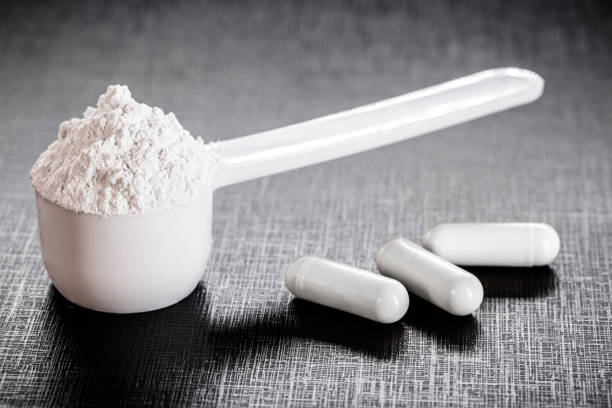 Enhancing Oil Recovery Processes with Powder Anionic Polyacrylamide
2024-03-27
Enhancing Oil Recovery Processes with Powder Anionic Polyacrylamide
2024-03-27
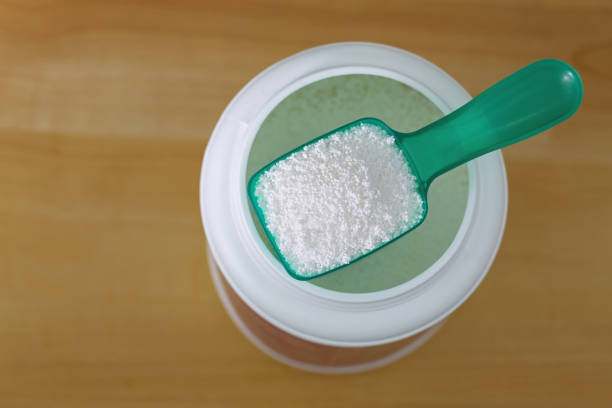 Impact of Powder Anionic Polyacrylamide in Enhancing Papermaking Processes
2024-03-25
Impact of Powder Anionic Polyacrylamide in Enhancing Papermaking Processes
2024-03-25
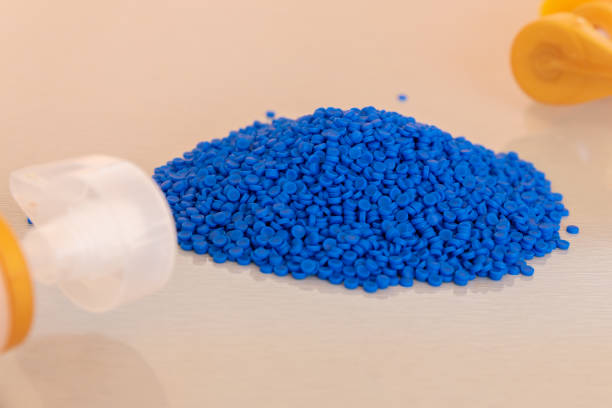 Navigating Environmental Stewardship: The Impact of Polycrylamide Emulsions
2024-03-23
Navigating Environmental Stewardship: The Impact of Polycrylamide Emulsions
2024-03-23
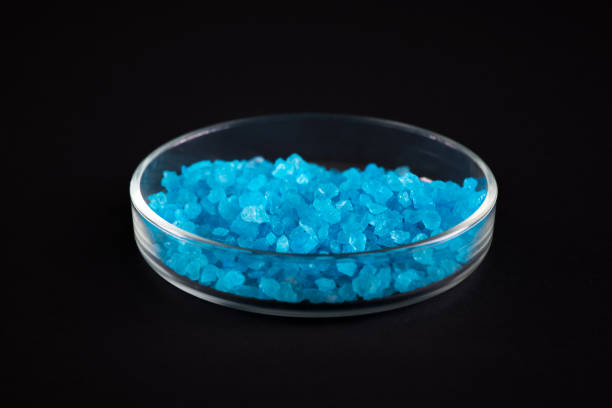 Finding the Perfect Compatibility: Polycrylamide Emulsions and Other Chemicals
2024-03-21
Finding the Perfect Compatibility: Polycrylamide Emulsions and Other Chemicals
2024-03-21
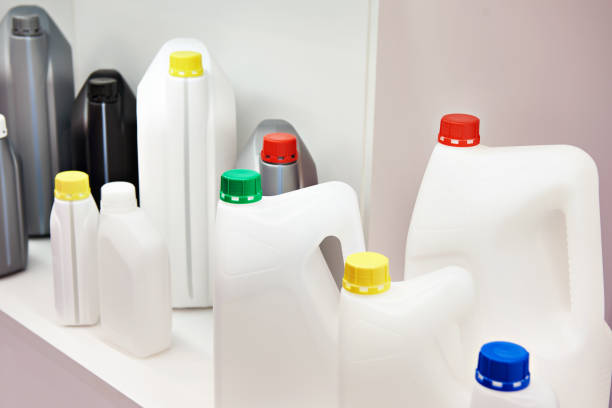 Enhancing Efficiency in Oil and Gas Drilling with Polycrylamide Emulsions
2024-03-19
Enhancing Efficiency in Oil and Gas Drilling with Polycrylamide Emulsions
2024-03-19
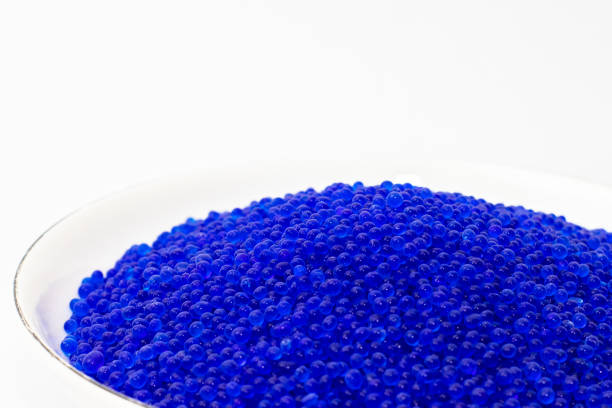 Production Process and Formulations of Polycrylamide Emulsions
2024-03-17
Production Process and Formulations of Polycrylamide Emulsions
2024-03-17

